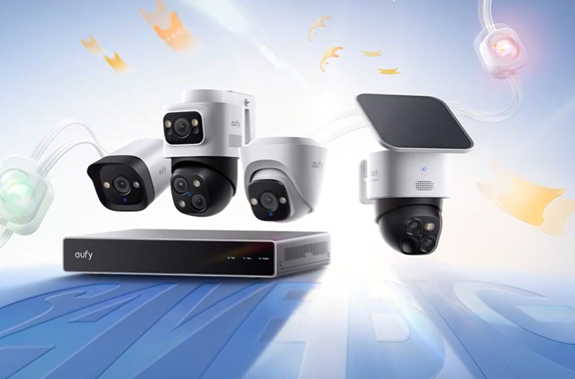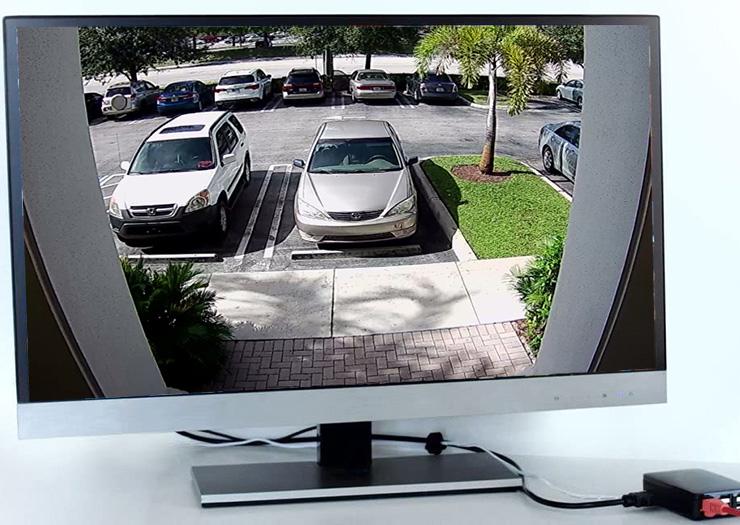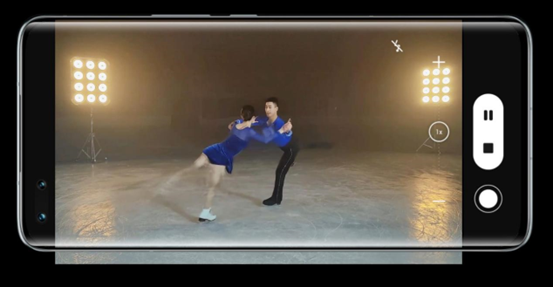How Do Security Cameras Detect Motion Accurately?
Security cameras have evolved into sophisticated devices capable of distinguishing genuine threats from false alerts. This precision stems from their ability to detect and analyze motion. By integrati...
10/10/2025
Security cameras have evolved into sophisticated devices capable of distinguishing genuine threats from false alerts. This precision stems from their ability to detect and analyze motion. By integrating cutting-edge sensors and artificial intelligence (AI), these cameras efficiently monitor surroundings in real-time. Whether safeguarding homes or businesses, motion-sensitive cameras provide peace of mind. Their effectiveness relies on two primary components: hardware sensors and advanced AI software. Combined, they identify motion with remarkable accuracy. This blog will explore how these elements work together to ensure safety, discuss calibration techniques, and offer practical guidance. Mastering the intricacies of motion detection can significantly enhance the reliability and functionality of security systems.
Hardware Sensors in Motion Detection
PIR (Passive Infrared) Sensors
PIR sensors are core components in many security cameras, detecting motion through heat variations in the environment. They identify changes in infrared radiation, which typically indicates human presence. Unlike other sensors, PIRs do not emit energy but instead respond to shifts in thermal energy, ensuring privacy and energy efficiency. Their reliability in various lighting conditions makes them ideal for indoor and outdoor applications. PIR sensors enable cameras to differentiate between objects and living beings, reducing unnecessary alerts.
Microwave, Ultrasonic, and Dual-Sensor Systems
Microwave sensors transmit radio waves and analyze their reflection to detect motion. They excel at detecting movement over larger distances and through certain materials. Meanwhile, ultrasonic sensors use sound waves, detecting motion by changes in wave frequency. Though effective, they are more suitable for smaller, enclosed spaces due to potential interference from environmental noise. Dual-sensor systems combine PIR with microwave or ultrasonic technology, providing complementary detection methods. This integration ensures higher accuracy by requiring both sensors to trigger, minimizing false positives caused by non-human stimuli.
AI & Deep Learning Enhancements
Object Classification & Filtering
AI algorithms play a crucial role in enhancing motion detection accuracy. Cameras equipped with deep learning technology can distinguish between people, animals, and inanimate objects. This classification process prevents false alarms from trivial movements, ensuring alerts are only sent for legitimate concerns. By filtering motion intelligently, AI-enhanced cameras maintain focus on potential threats.
Behavior Analysis & Anomaly Detection
AI also aids in understanding patterns of behavior, identifying anomalies that deviate from usual activities. This capability is particularly beneficial in high-security environments where subtle deviations may indicate potential threats. By analyzing behavior, AI improves responsiveness and reduces response time to critical incidents.
Edge AI vs Cloud Processing
Edge AI processes data locally on the camera, enabling faster decision-making and reducing dependency on internet connectivity. In contrast, cloud processing offers robust computational power, facilitating complex analysis and data storage. Both methods have unique benefits depending on speed and resource requirements.
Calibration & Tuning for Accuracy
Adjusting Sensitivity & Thresholds
Proper calibration of camera sensitivity ensures accurate motion detection. Adjusting thresholds allows customization of the system to respond to specific movements. This tuning prevents the camera from reacting to irrelevant activities like small animals or weather changes, optimizing its performance.
Defining Activity Zones & Exclusion Areas
Creating defined activity zones ensures the camera focuses on areas of interest, while exclusion zones prevent unnecessary alerts from high-traffic areas like roads or tree branches. This precise control over monitoring areas enhances security by concentrating on essential regions.
Dealing with Environmental Noise
Environmental factors like wind or rain can trigger false alerts. To mitigate this, adjust sensor settings or protect equipment with weatherproof casings. Regular maintenance and updates of camera firmware also help maintain optimal operation.

Best Practices & Product Tips
Where to Mount Cameras & Angles
Mounting cameras at an appropriate height and angle is vital for effective motion detection. Install cameras approximately 8–10 feet high to cover wide areas, ensuring clear visibility. Avoid direct sunlight or glare, which may hinder sensor performance. Consider overlapping coverage zones and strategic positioning near entry points to reduce blind spots and ensure reliable monitoring, even during low-light conditions.
Recommended Camera Features (AI, Multi-Sensor, Shielding)
Choose cameras that incorporate AI features, multi-sensor systems, and environmental shielding. AI capabilities provide advanced motion analysis, while multi-sensor integration ensures accurate detection. Weather-resistant and tamper-proof designs further ensure durability and reliability, regardless of location or conditions. Look for cameras with long-lasting batteries, solar charging options, and strong connectivity support to maintain dependable performance in diverse environments without frequent manual intervention.
Conclusion
Security cameras with advanced motion detection capabilities are essential for effective property protection. Understanding how sensors and AI work harmoniously ensures minimal false alerts and optimized monitoring. By calibrating and strategically placing cameras, you enhance their accuracy and functional lifespan. As technology evolves, staying informed of new advancements and best practices will continue to bolster safety measures and peace of mind. Ultimately, thoughtful planning and consistent upkeep guarantee stronger security coverage and long-term investment value.





